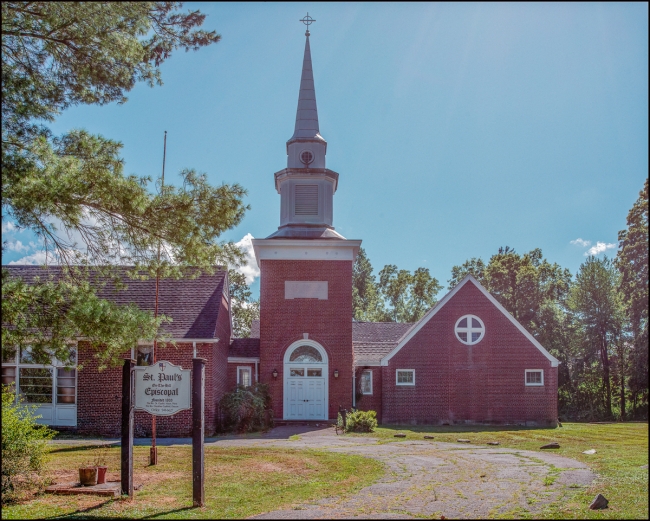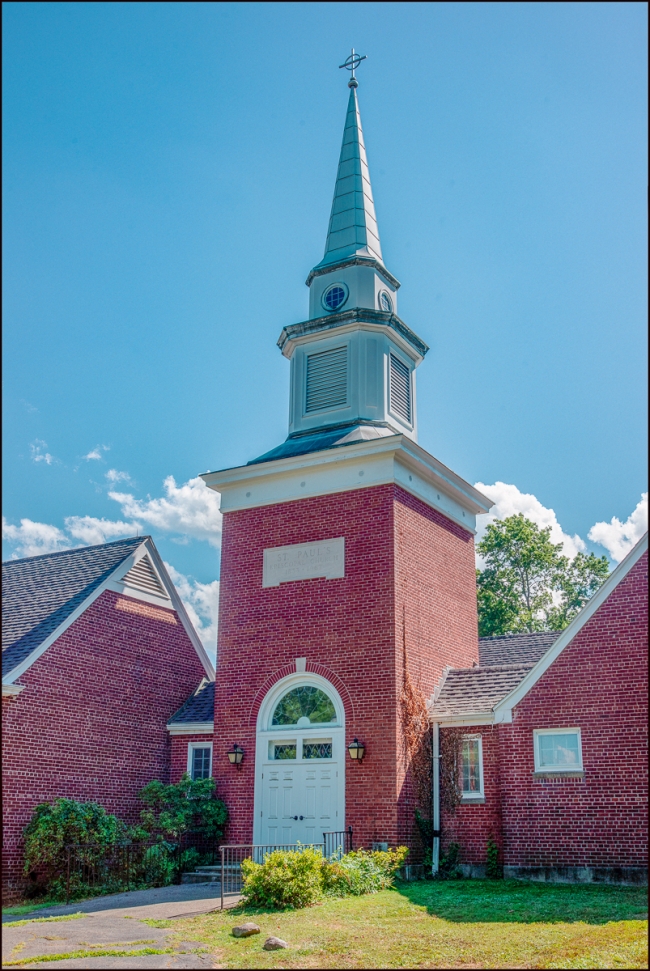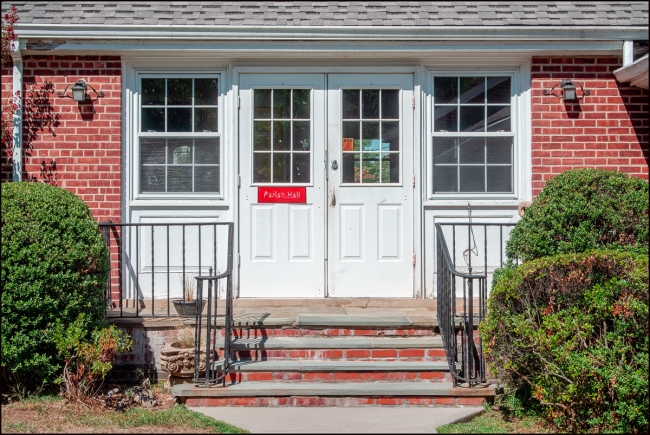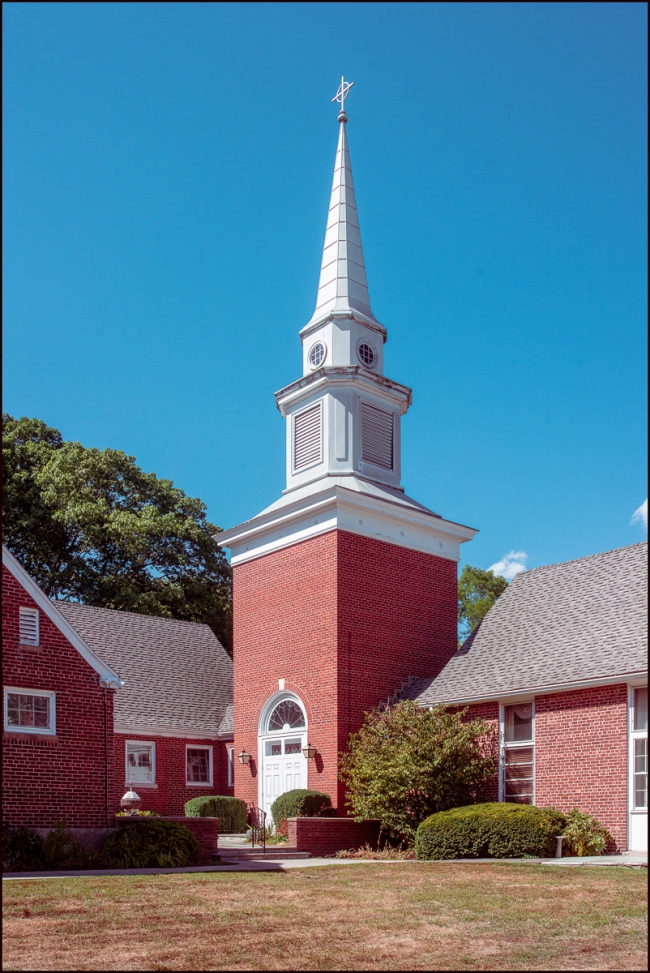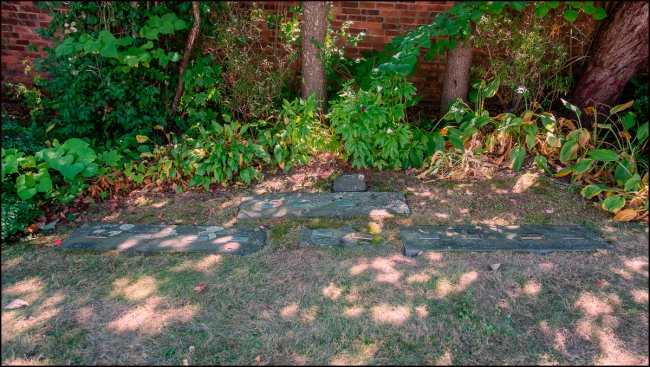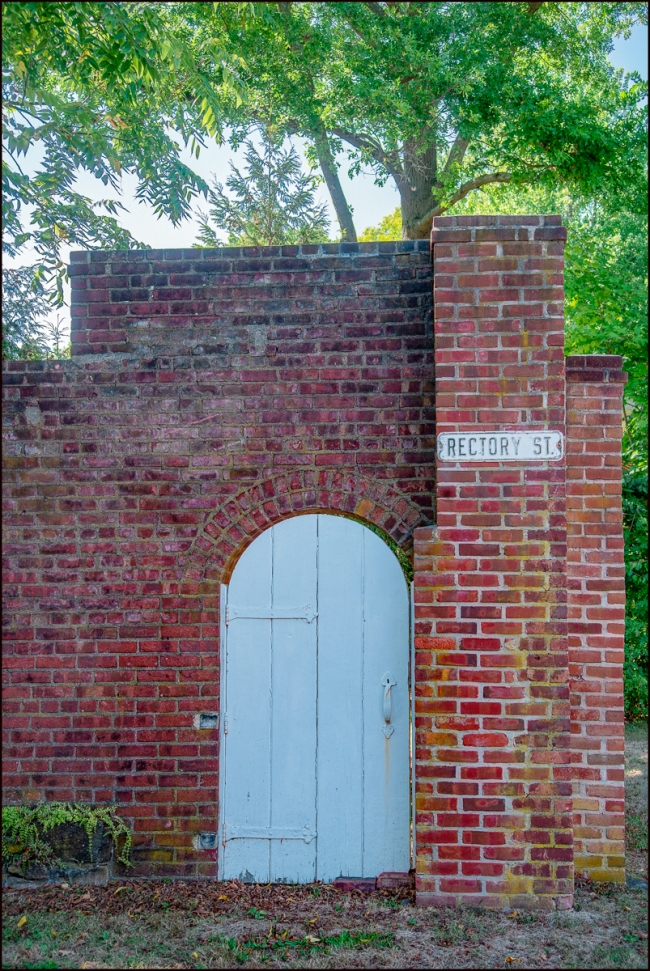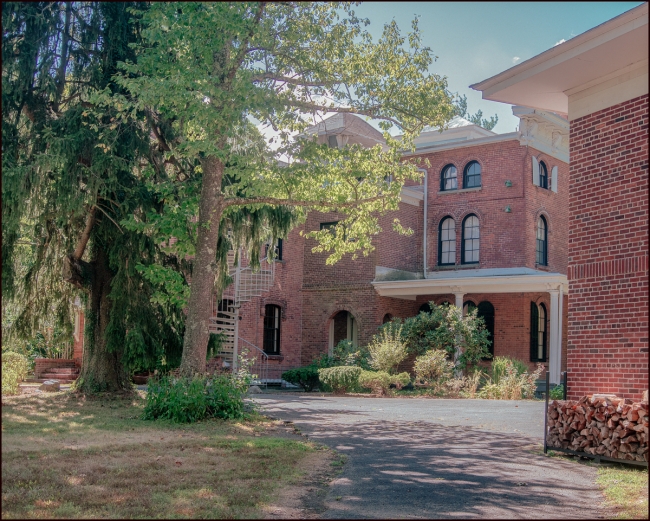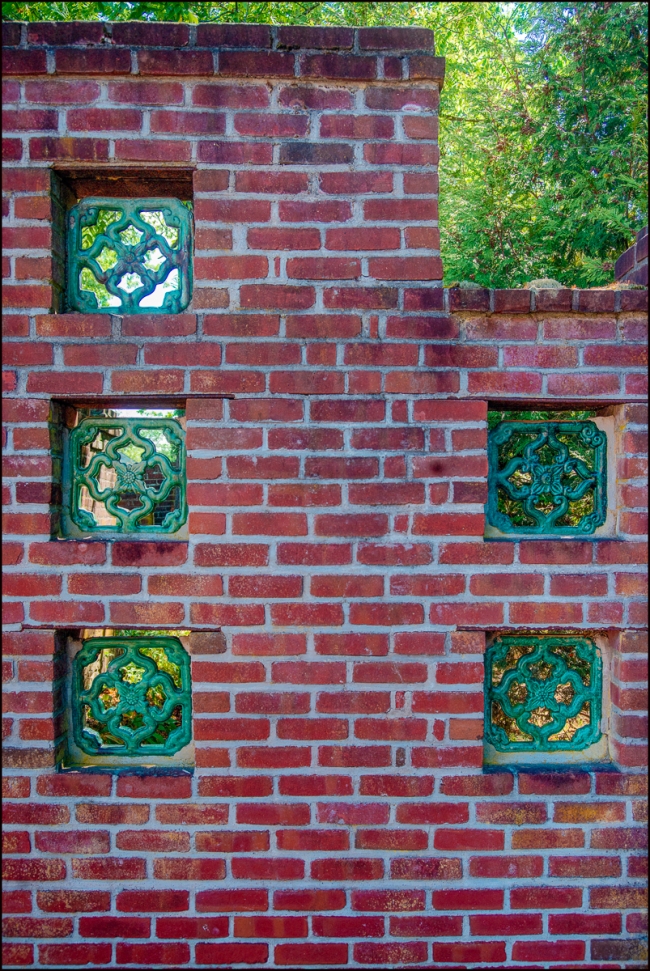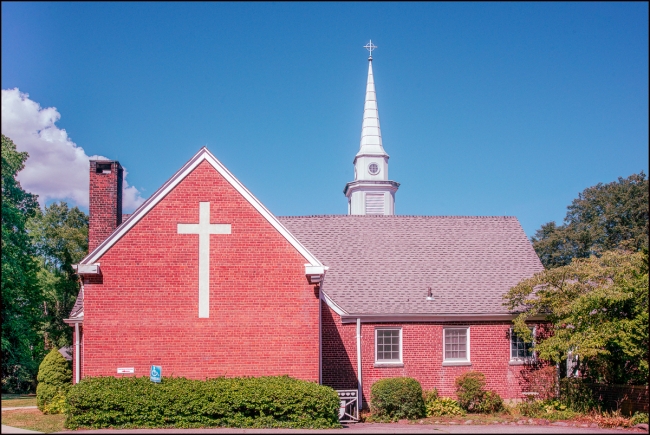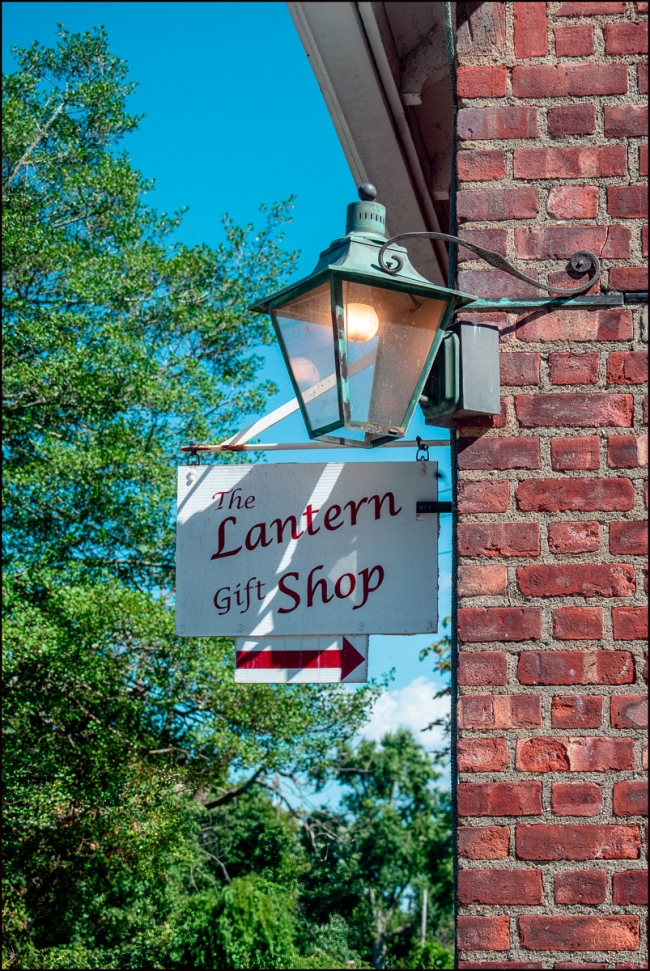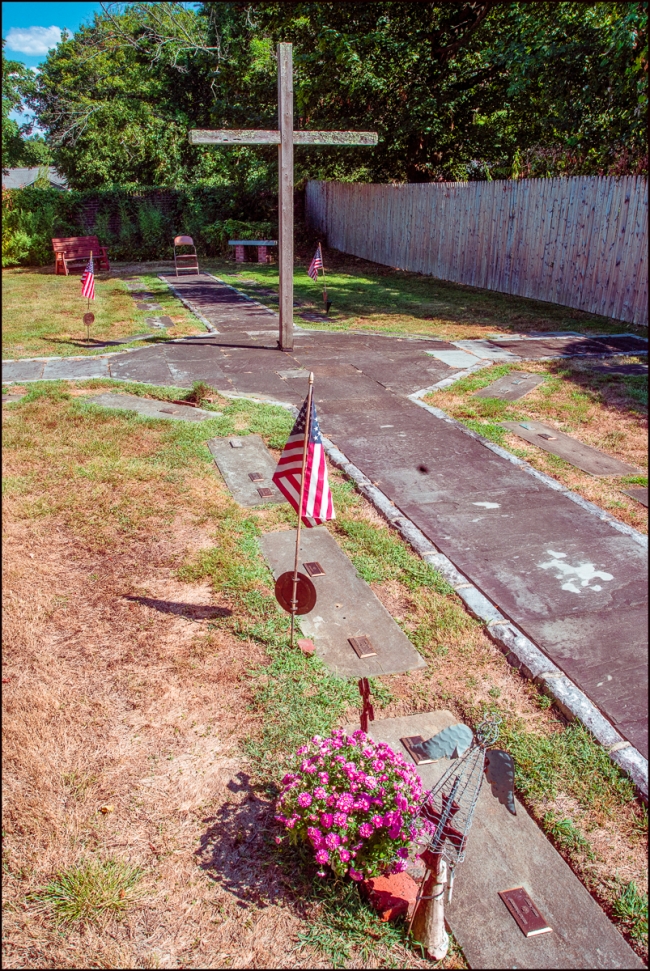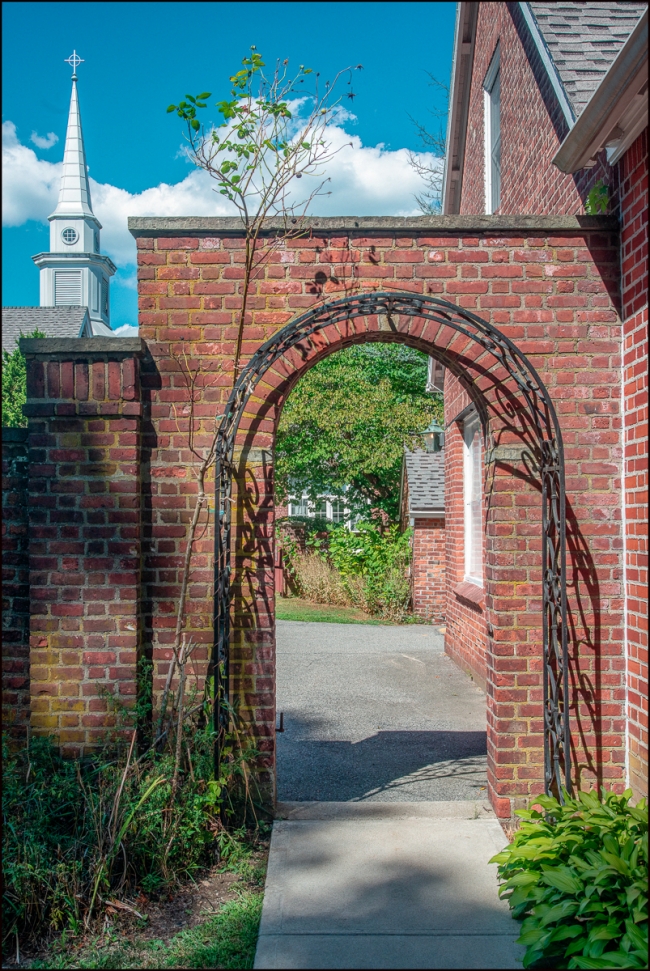This church is only a couple of blocks away from where my friends live. When visiting them I’d often passed a sign advertising its existence, but somehow I had always thought that it was a small church, maybe in a converted house or something. I was wrong. It’s actually quite a large compound with the church building itself, a parish hall, a gift shop, a small cemetery and possibly a former rectory.
Moreover, it’s apparently now called Grace Episcopal Church.
Grace Episcopal Church in Ossining is a newly formed congregation created by the merger, in 2021, of St. Paul’s on the Hill and Trinity Episcopal Churches, both in Ossining. These two parishes shared a common founding, split in dissension after the Civil War, but have long since collaborated as sister parishes, sharing clergy since 2012. By formally joining again as one parish, we have come full circle. We seek to further the common purpose shared by the two former congregations, and we have pledged to strengthen the ministry of the Episcopal Church to the people of Ossining and the surrounding area.
Grace Church is now one Episcopal church on two campuses: St. Paul’s on Ganung Drive and Trinity on South Highland Avenue. Back together again, we are learning from each other and sharing our gifts in a growing, wonderful, loving relationship.
In an era marked by national division, the merger of our two churches represents an important act of reconciliation. We have joined, by grace, to be Grace for a world that needs constant reminders that the abundance of God’s love is unchanging, larger, and more powerful than the forces of evil.
THE EPISCOPAL CHURCH IN OSSINING
The first Episcopal church in Ossining was founded in 1833, as St. Paul’s Episcopal Church on St. Paul’s Place, in the village of Sing Sing (later re-named Ossining). The village itself is built on the ancestral lands of the Sint Sinck people, members of the Mohegan nation.
The original St. Paul’s church building (now Calvary Baptist Church) was constructed on the Potter Farm, land that, in the 17th century, had been part of the landholdings of Dutch colonist Frederick Philipse, who acquired land from the Native Americans beginning in 1672. Philipse farmed his land using African slave labor.
St. Paul’s Church divided into two parishes during the aftermath of the Civil War. That war, fought over the enslavement of Africans brought forcibly to this country, represented a peak of division in the United States. These divisions were reflected at St. Paul’s, where emotions ran high, especially because the priest at that time was a southern sympathizer. Matters came to a head in a dispute about whether to vest the church for Easter or to decorate with funeral bunting in memory of Abraham Lincoln, whose funeral train was to travel through the village.
A breakaway group of St. Paul’s parishioners, led by returning Civil War veterans, founded Trinity Church in 1868. First a tenant in the original, wooden First Presbyterian Church, the new congregation constructed the present Trinity Church building at 7 South Highland Avenue in 1891.
Despite the original, rancorous division, by the end of the nineteenth century, the two parishes had developed an amicable relationship, jointly celebrating various ceremonies.
Rapid growth in Ossining’s population after World War II led to the building of a housing development on the old Donald estate on Torbank Hill in Ossining. St. Paul’s congregation converted the old Donald barn and outbuildings at 40 Ganung Drive into new church buildings in 1961, taking the name of St. Paul’s on the Hill.
Both churches have a history of community service. As early as 1895, what is now the Ossining Children’s Center was founded by the women’s association of St. Paul’s as the Christ Child Day Nursery and Bethany Home, to care for children whose fathers had been killed working on the railroad or building the Croton Aqueduct. In recent decades, St. Paul’s and Trinity have fed the poor through support of the Ossining Food Pantry and Loaves and Fish, both housed at Trinity; provided a Youth Music Program for children who could not afford private music instruction, at St. Paul’s; and were among the founders of the Ossining Emergency Shelter for the homeless, among other things. Both were heavily involved in creating Rivertowns Episcopal Parishes Action on Inclusion and Race (REPAIR), an organization founded in Lent 2015 devoted to bringing healing and justice to a society divided by unconscious bias, willful blindness, deeply ingrained systems of oppression, and the burdens of history.
WE RECOGNIZE OUR HISTORY
As the new Grace Church, we have re-dedicated ourselves to service to the community. We recognize that our shared history is tainted by aspects that are inconsistent with Jesus’ teachings of love and respect for all people. We recognize that our buildings and the town in which they were built are on the ancestral land of Native Americans, taken forcibly by European colonizers.
We acknowledge that our prior history is stained by the practice of slavery, which resulted in enslaved people working as laborers on farms in the area. We pledge ourselves to the amelioration of the individual and systemic wrongs that those actions created and sustain up to the present time. We are not our forebears; but we must recognize their faults, as well as their strengths. We realize that we are not our past, but we acknowledge our past so we can move forward. (Grace Episcopal Church website)
Taken with a Nikon D800 and Nikon AF Nikkor 28-80 f3.3-5.6

